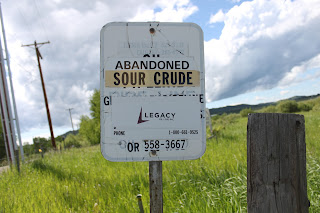Fukushima a Long Way From Clean Up
B. McPherson
This is not the latest release of tonnes of radioactive water, nor will it be the last.
The Fukushima nuclear facility in Japan continues to bleed
radiation into the Pacific Ocean. In spite of assurances from the top
politicians and TEPCO executives, the situation at the wrecked electrical plant
is still not under control. Mistakes and coverups continue to shake the
public’s faith in their proclamations.
President Abe, in the frenzy to obtain rights to the 2020
Olympic extravaganza assured the selection committee that the situation in
Fukushima was under control.
Japanese Prime Minister Shinzo Abe touched on the Fukushima problem in Tokyo’s final presentation and said the government would never put Tokyo in harm’s way, saying, “The situation is under control. Tokyo 2020 will offer guaranteed delivery.” The Japan Times
The short
reply to that is, it is not. Now the people tasked with the multi-year clean-up
are admitting it publicly. The manager of the project, Akiro Ono expressed to
the press his embarrassment at still not having full control of the nuclear
site. The vexing water leakage problems are still ongoing. Huge quantities of
water are pumped over the radioactive piles to prevent a catastrophic critical
reaction. The radioactive water resulting has to be stored. Shoddy workmanship
and careless maintenance have resulted in massive amounts of radioactive water
being spilled into the ocean and groundwater.
A scheme to
freeze the ground between the plant and the ocean to prevent ground water from
finding its way to sea level has been proposed. The electricity required to
keep the ice barrier intact is daunting.
It has been
over three years since the TEPCO owned electrical facility was wrecked by a
combination of earthquake and tsunami. Many clean-up workers have reached their
maximum radiation exposure and must leave the site. Increasingly recruiters are
combing the disadvantaged to work on the site. Many have little to no
experience.
Mistakes are
made with big consequences. The latest reported one is that workers mistakenly
flooded basement areas of the reactor with 20 tons of radioactive water.
It is
estimated that if progress were steadily made, it would still take 30 to 40
years to finish the job. In spite of this, the Japanese government is going
ahead with reopening its other nuclear stations, many of which are on the
coastline and vulnerable to earthquake, tsunamis and ocean level increases.

Comments
Post a Comment